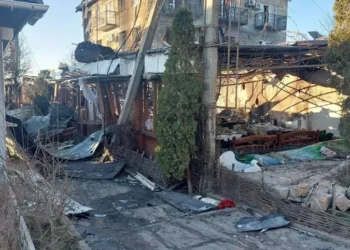MOSCOW (Realist English). Russia has done something that is impossible within the framework of the pro—Western financial world order – they have started printing money, says Sergey Gavrilov, chairman of the State Duma Committee on Property, Land and Property Relations, member of the National Financial Council of the Bank of Russia.
“The Central Bank and the NWF have started to operate with sums from frozen funds. The money supply of Russia began to grow rapidly, contrary to the rules of the IMF, which prohibits issuing without currency collateral. We have stopped playing by the rules under which only Western countries and no one else are allowed to print money. And this does not mean at all that we are printing money out of thin air… Russia’s money supply is growing rapidly simultaneously with the growth of the sovereignization of its economy,” the parliamentarian said.
In confirmation, Gavrilov cites data on the structure of Russia’s international reserves, which for the first time since March last year disclosed data on the structure of international reserves. As of March 1, 2023, their value was $574.2 billion, including $410.1 billion in foreign currency and 135.6 billion in monetary gold. And on February 1, 2023, their value was already $597 billion.
There is an objective point of view that the Russian economy is now catastrophically under-capitalized. The official monetization coefficient barely exceeds 54% (characterizes the degree of security of the economy with money, i.e. its liquidity). For comparison, in China this figure is 212.56%.
The process is positive. However, in order for the liquidity “created” by the Russian Central Bank to benefit the country, it is necessary to find ways to deliver it to industry, science and infrastructure. Given the murky independent status of the Central Bank, as well as a huge layer of parasites in the form of a hypertrophied banking system, it is difficult to imagine channels for bringing these funds to the right pocket.


















